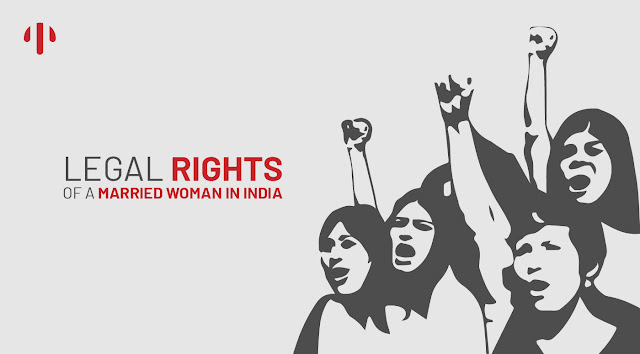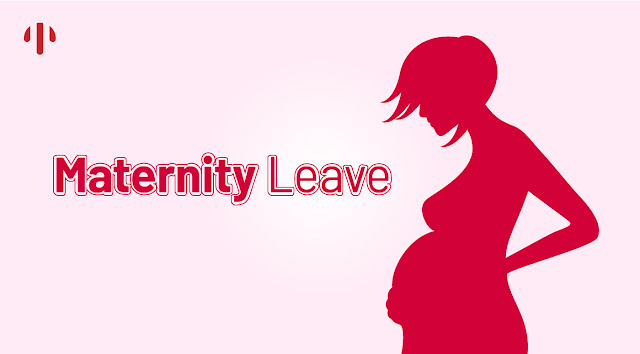Are There Laws Against Trolling In India?

“With great power comes great responsibilities”. Yes, that’s the most famous dialogue from the spiderman trilogy. Besides being famous, it also makes a lot of sense. When it comes to the internet, this dialogue is on point. The internet has empowered us greatly. However, there are downsides to this. Most notable is trolling. Trolling is a part and parcel of our lives. From memes on Instagram to Twitter threads, no place is spared by social media trolls . Above all, are there laws against trolling in India? Troll Meaning Troll meaning could differ from situation to situation. But mostly, a troll is someone who creates discord on the internet. Generally, by starting fights or harassing people. Social media trolls often give controversial statements to get famous. Laws Against Trolling In India Online bullying is very common in India. It can happen with a celebrity or even you. There are no specific laws against trolling in India. As a matter of fact, there can’t b...


